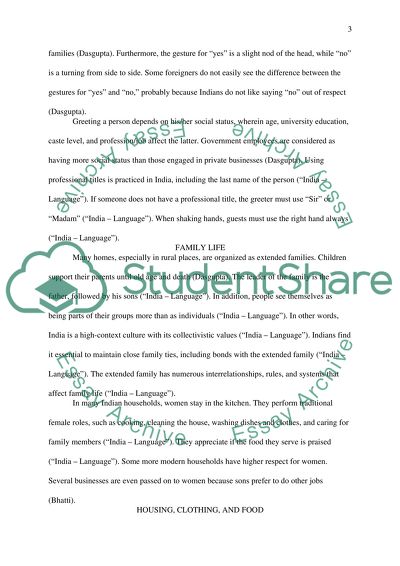Cite this document
(“Assignment chapter 13 Example | Topics and Well Written Essays - 1500 words”, n.d.)
Assignment chapter 13 Example | Topics and Well Written Essays - 1500 words. Retrieved from https://studentshare.org/english/1692551-assignment-chapter-13
Assignment chapter 13 Example | Topics and Well Written Essays - 1500 words. Retrieved from https://studentshare.org/english/1692551-assignment-chapter-13
(Assignment Chapter 13 Example | Topics and Well Written Essays - 1500 Words)
Assignment Chapter 13 Example | Topics and Well Written Essays - 1500 Words. https://studentshare.org/english/1692551-assignment-chapter-13.
Assignment Chapter 13 Example | Topics and Well Written Essays - 1500 Words. https://studentshare.org/english/1692551-assignment-chapter-13.
“Assignment Chapter 13 Example | Topics and Well Written Essays - 1500 Words”, n.d. https://studentshare.org/english/1692551-assignment-chapter-13.


